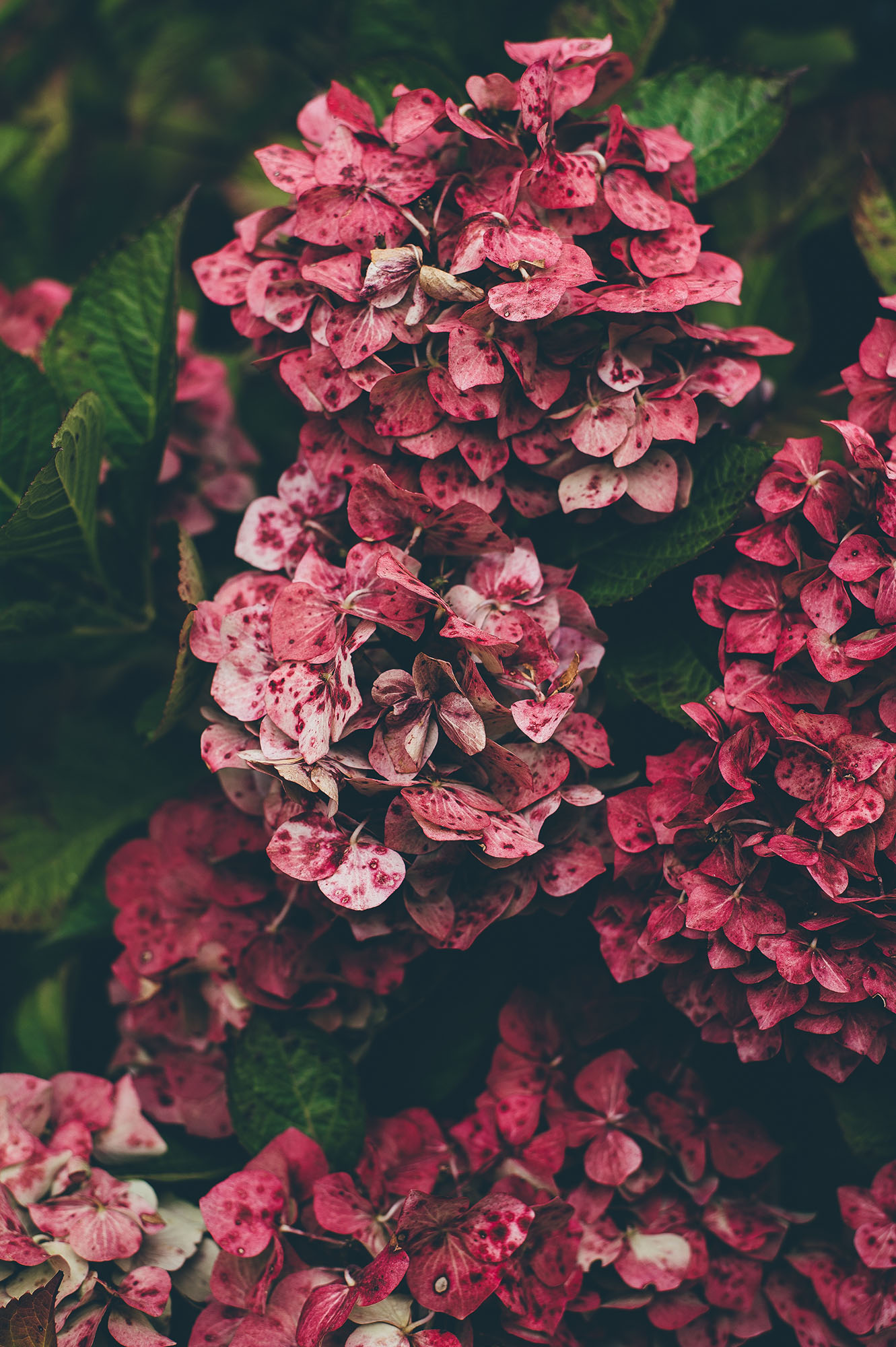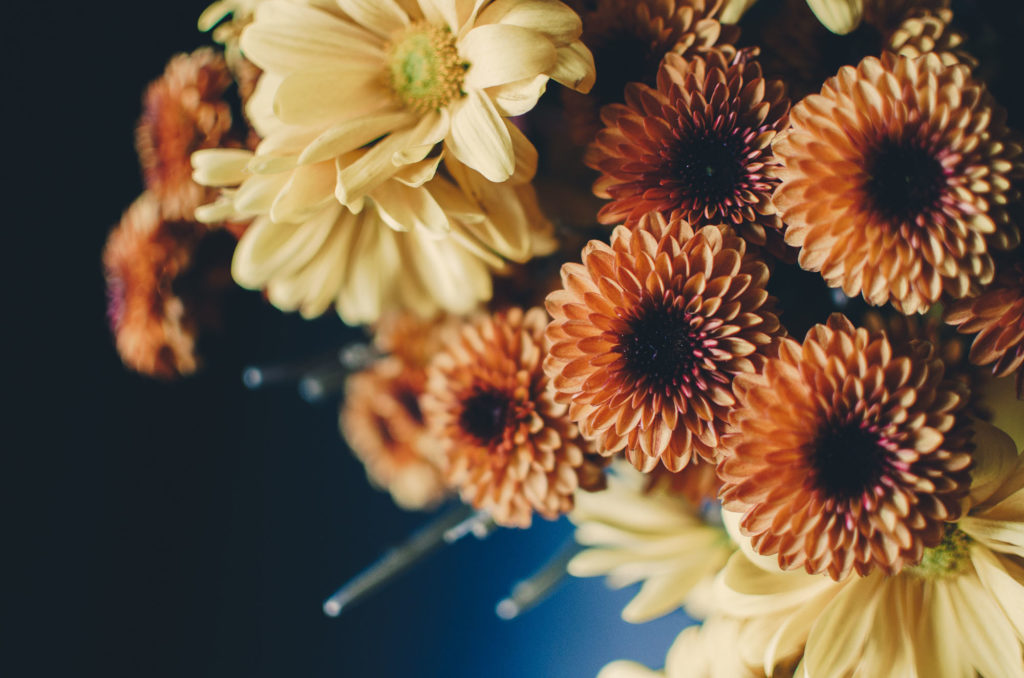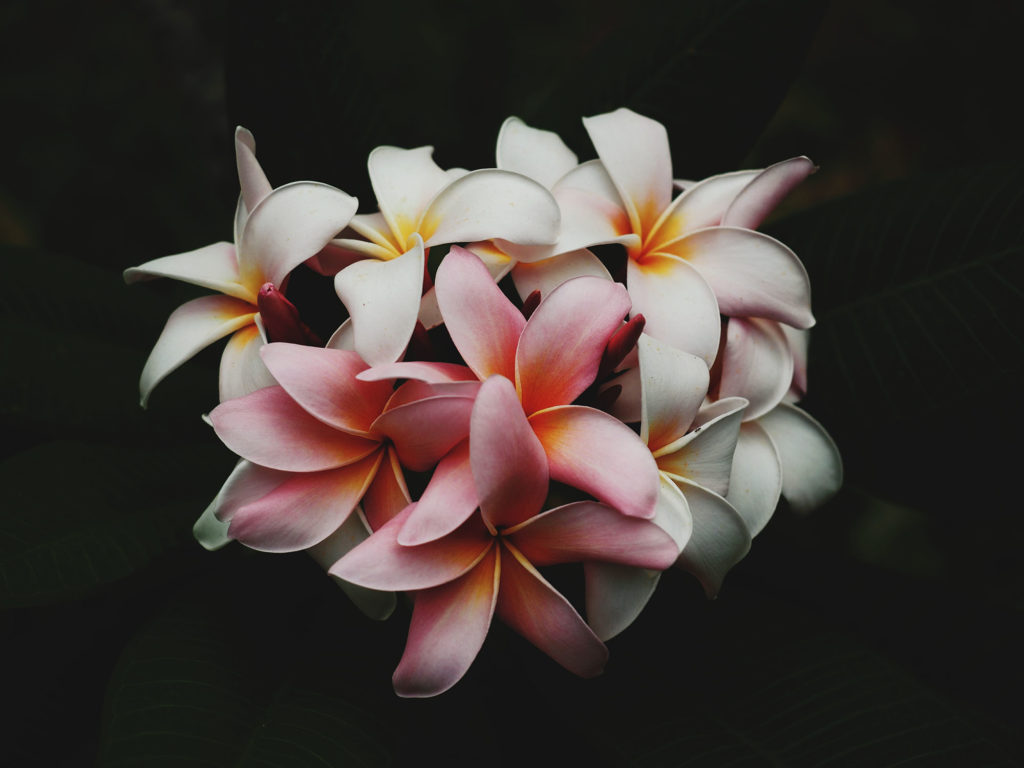
Have you ever walked down East Second Street? If the answer is yes, you’ve likely been struck by the series of enchanting, gem-like shops known collectively as the John Derian Company. Carrying textiles, furniture, and many magical baubles, the stores’ most renowned wares are undoubtedly the decoupage pieces—made by Derian himself.
And now, after almost three decades’ worth of production, a book detailing the prints behind these pieces is coming out next week. With vivid reproductions—and a foreword by Vogue Editor in Chief Anna Wintour—it is truly a must-read. But what we really wanted to know after our own perusal was technical nitty-gritty—decoupage 101, from where to shop for images to business words of wisdom. Here, John Derian’s tips of the trade.
Finding Prints
They’re mostly 18th- and 19th-century prints from dealers and antique bookshops like The Old Print Shop on Lexington Avenue—but 99 percent of the images come from instructive books. The funny, naive, and vintage ephemera are from a couple other more specific dealers and one flea market in New York.
And now, after almost three decades’ worth of production, a book detailing the prints behind these pieces is coming out next week. With vivid reproductions—and a foreword by Vogue Editor in Chief Anna Wintour—it is truly a must-read. But what we really wanted to know after our own perusal was technical nitty-gritty—decoupage 101, from where to shop for images to business words of wisdom. Here, John Derian’s tips of the trade:
The Process Behind
I collect prints throughout the year and then create a biannual collection for the four shows I do—two in New York and two in Paris. I decide what I think will best show the beauty of the images I find: Will they work better larger or smaller? Would just a detail be enough? Then I mock up the pieces in my studio, and the team at my workshop piece it all together and I see what works.
Most of the trays are a single layer of paper, with glue evenly applied on the surface of the image. Clear glass-blown trays from Virginia get placed on top, and the glue is moved around, leaving an even, cloudy film that dries clear. Then they get finished—painted with a gold border along the edges and felted.
All I want for Christmas ceramics by Sharon Muir.

